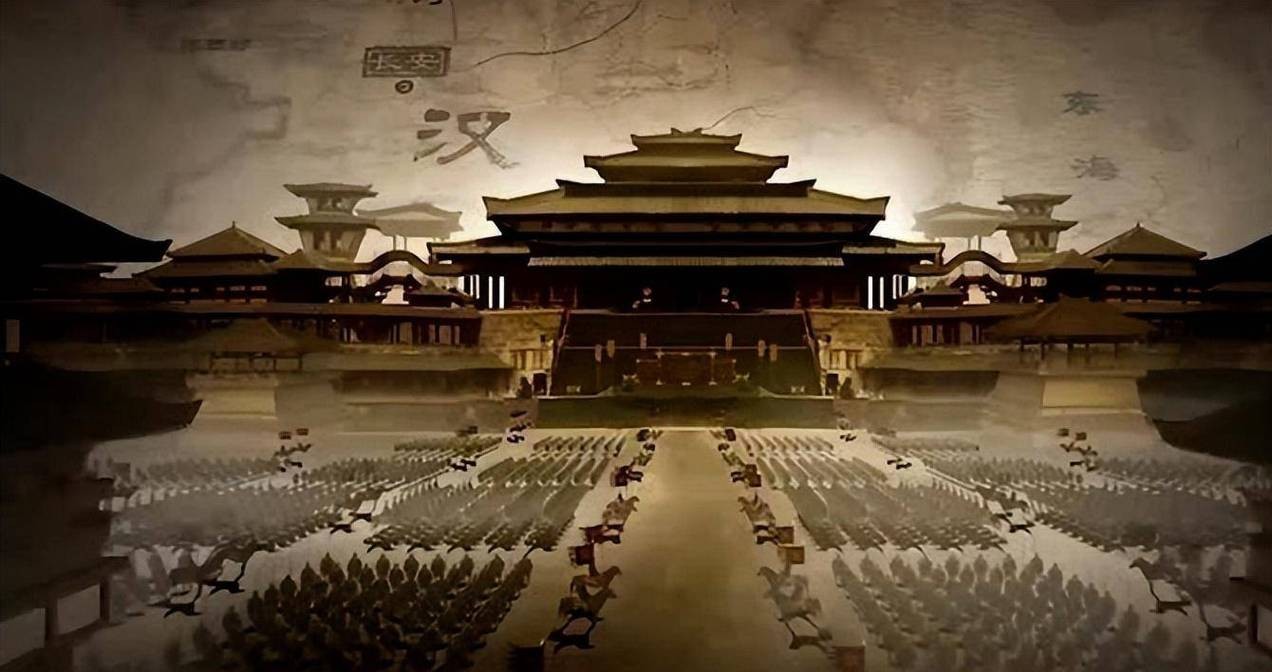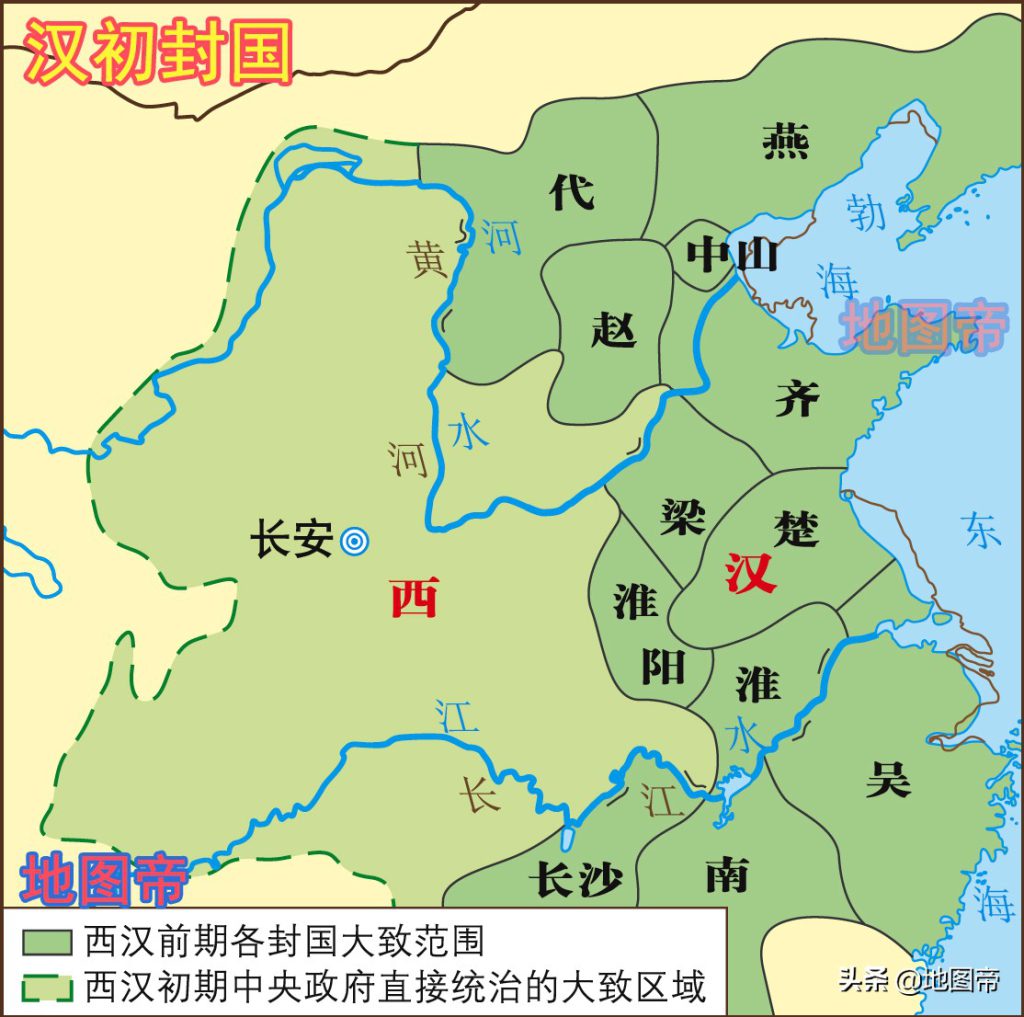Main terms: Uprising of the people in the late Sui Dynasty, uprising in Jinyang, Battle of Li Yuan’s capture of Chang’an

During the Sui Dynasty’s Daye era (605-618), due to Emperor Yang’s misuse of national power and the failure of three campaigns against Goguryeo, widespread uprisings broke out. In the 13th year of the Daye era (617), Emperor Yang appointed Li Yuan as the ambassador of Shanxi and Hedong, the governor of Taiyuan, and the supervisor of Jinyang Palace
], to the north to prepare for the Turkic invasion and suppress the peasant uprising in the region. Seeing the chaos in the world and the irreversible situation of the Sui Dynasty’s collapse, Li Yuan had the idea of taking its place. His advisors Pei Ji, Liu Wenjing, and his second son Li Shimin also suggested that he should raise an army to make a great event. [100] [208]
In May of the 13th year of the Daye era (617 AD), sensing the ripeness of the opportunity, Li Yuan killed the deputy governor Wang Wei and Gao Junya, and raised an army in the name of respecting the Sui Dynasty in Jinyang. In July, Li Yuan, his eldest son Li Jiancheng, and his second son Li Shimin marched southward, successively capturing Huoyi (now Huozhou, Shanxi Province), crossing the Yellow River, and advancing southwestward. At that time, Emperor Yang of the Sui Dynasty was far away in Jiangdu (now Yangzhou, Jiangsu Province), and the Sui army forces within the passes were weak; the Wagang Army and Wang Shichong were engaged in a fierce battle in the Central Plains, and neither had time to look westward. Therefore, the Li family advanced with overwhelming force, occupying Chang’an in November of the same year, and reverently respecting Emperor Yang of the Sui Dynasty as the Emperor Emeritus,The regent Yang You was crowned as the emperor, and the reign title was changed to Yining. Yang You was the Emperor Gong of the Sui Dynasty. Li Yuan appointed himself as the Prime Minister and was granted the title of King of Tang。 In March of the second year of Yining (618 AD), Emperor Yang of the Sui Dynasty was killed in the Jiangdu Incident. In May, Li Yuan forced the Emperor Gong to abdicate, and Li Yuan declared himself emperor and established the Tang Dynasty, changing the era name to Wude, with Chang’an as the capital, marking the end of the Sui Dynasty. Li Yuan was known as Emperor Gaozu of the Tang Dynasty. Afterwards, Emperor Gaozu made his eldest son Li Jiancheng crown prince, his second son Li Shimin Prince of Qin, and his fourth son Li Yuanji Prince of Qi. [12] 
unify the whole country
Main article: Unification Wars of the Tang Dynasty
In the early Tang Dynasty, due to long-term war and chaos, the national economy was severely damaged, and the population also plummeted from 8 million households in the early years of the Sui Dynasty to more than 2 million households [13]. In addition, the northern border of the Tang Dynasty was also threatened by the Eastern Turkic from the northern deserts. At that time, the Turkic were unprecedentedly powerful, including Khitan, Shiwei, Tuyuhun, Gaochang and other countries, and even local separatist forces such as Dou Jiande, Xue Ju, Liang Shidu, Li Gui, Wang Shichong in the Central Plains region were submissive to the Turkic. [13-17]
Before Emperor Gaozu entered Guanzhong, he sent people to praise Li Mi, the leader of the Wagang Army, making him a barrier in the Central Plains. When the Tang Dynasty was established, various political forces continued to compete. Emperor Gaozu used Guanzhong as a base, continuously developing his own strength and embarking on a war to unify the whole country. In June of the first year of Wude (618 AD), Li Shimin led the Tang army to attack Xue Ju and his son Xue Rengao, who had established a separatist regime in Longyou. In September, Xue Ju died. After repeated battles, in November, Xue Rengao surrendered and the Tang army occupied Longyou. In May of the following year (619 AD), the Tang Dynasty used a strategy of sowing discord to incite the Wuwei nobles An Xinggui and An Xiuren to capture Li Gui alive, without using weapons, thus occupying the Hexi Corridor. In the third year of Wude (620 AD), Li Shimin defeated Liu Wuzhou and Song Jingang, who had colluded with the Turkic invaders to invade Hedong, restoring his rule over Daibei. By then, the Tang Dynasty had not only consolidated its base in Guanzhong but also developed its strength, allowing it to concentrate on managing the Central Plains and Jiangnan. [101] [208]
At this time, the Wagang Army had been disintegrated, and most of the counties in Shandong had already surrendered to the Tang Dynasty. Luo Yi of Youzhou also submitted to the Tang Dynasty. The Yellow River Basin formed a situation where the Xia regime of Dou Jiande, the Zheng regime of Wang Shichong, and the Tang regime stood in a tripartite balance. Emperor Gaozu sent Li Shimin to the east to fight against Wang Shichong. Zheng and Xia formed an alliance to resist the Tang Dynasty. In the fourth year of Wude (621 AD), Li Shimin defeated the Zheng-Xia coalition, captured Dou Jiande, and Wang Shichong surrendered. The remaining forces of the Dou family were persecuted by the Tang court, so they rose up twice under the leadership of Liu Heita and joined forces with the Turkic soldiers to attack the south. Emperor Gaozu sent Li Shimin and Li Jiancheng to lead troops to the east, captured and beheaded Liu Heita, and pacified Hebei. Subsequently, Xu Yuanlang, who had established a separatist regime in southern Shandong, and Gao Kaidao, who had established a separatist regime in northern Hebei, were defeated in succession. By then, the Tang Dynasty had largely unified Henan, Hebei, and Shandong regions.




